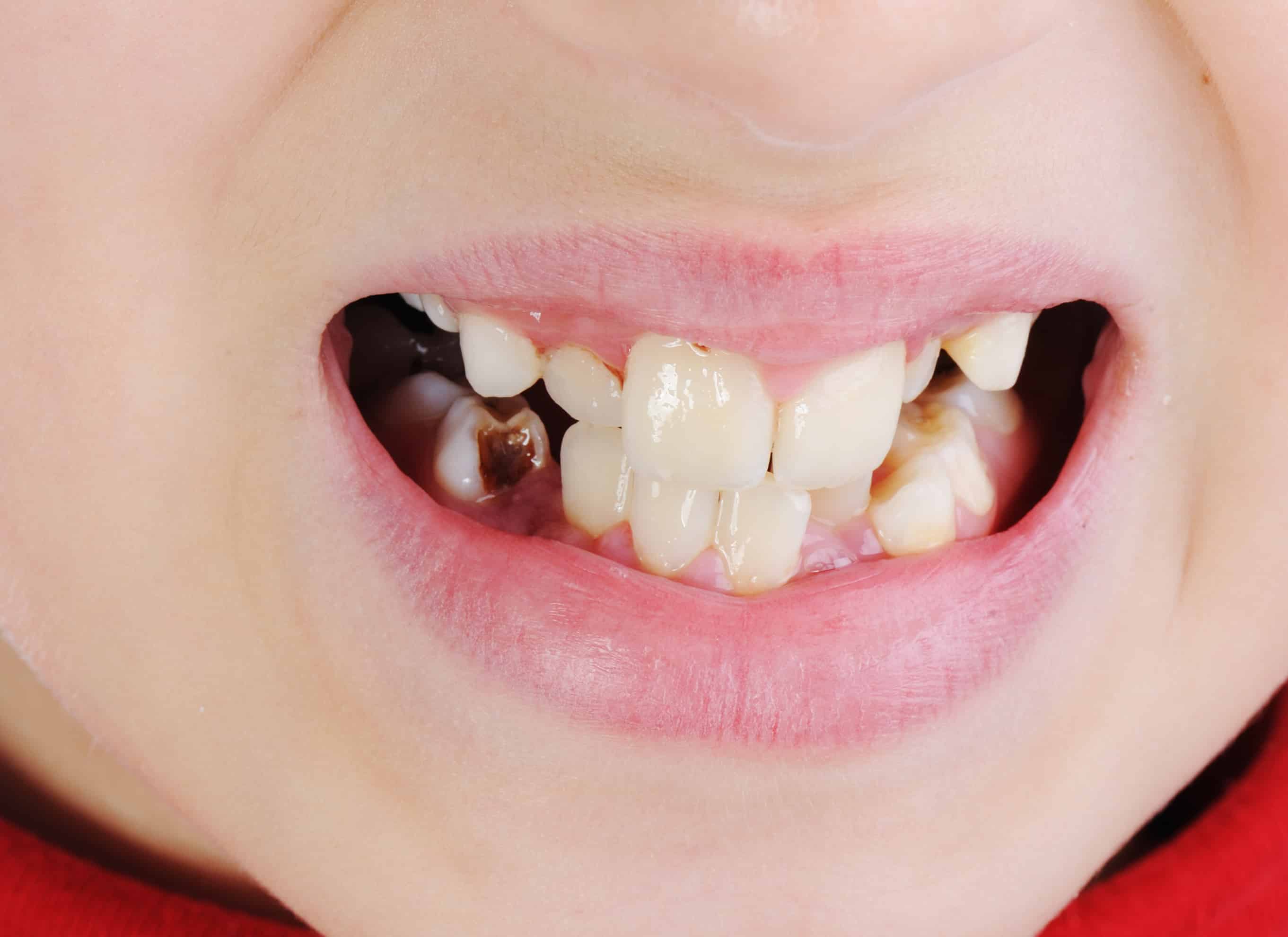
Many people are told each year that they have gum disease. This condition can be relatively minor forms such as inflamed gums, to serious forms that damage the soft tissue and bone supporting the teeth. The most severe cases can result in lost teeth. However, gum disease is treatable, especially if it is caught in the earliest stages. There are some non-surgical treatment options as well as surgical ones.
Non-Surgical Gum Disease Treatment Options
There are two basic options for treating gum disease without surgery. The first option is a professional dental cleaning. This removes plaque and tartar buildup from the surface of the teeth. Dental cleaning is not an effective way of treating active gum disease, but can help prevent it from developing. The second non-surgical treatment option is scaling and root planing. Scaling and planing is a deep clean that scrapes away tartar and plaque from beneath the gum line. Planing is the process of making the root’s surface smooth so bacteria cannot attach.
Surgical Gum Disease Treatment Options
Surgical procedures used for treating gum disease include numerous options. Pocket reduction surgery lifts the gums back so the tartar can be removed. Bone and tissue grafts are often used to rebuild any bone or tissue that gum disease has destroyed. Bone surgery is also an option as it smooths out the shallow craters where bone loss has occurred. This smoothing process makes it more difficult for bacteria to collect and grow.
Which Option is Right for Me?
If your dentist diagnoses gum disease, he will also help you choose an appropriate treatment option. For many people, gum disease is diagnosed early and scaling and root planing is all that is necessary to treat it. Surgery is needful when the tissue around teeth becomes unhealthy and cannot be repaired nonsurgically.
DENTAL SERVICES TAILORED FOR THE BUSY PROFESSIONAL. BOOK NOW!
CALL (647) 360-6650
Book an appointment now or fill out form below






